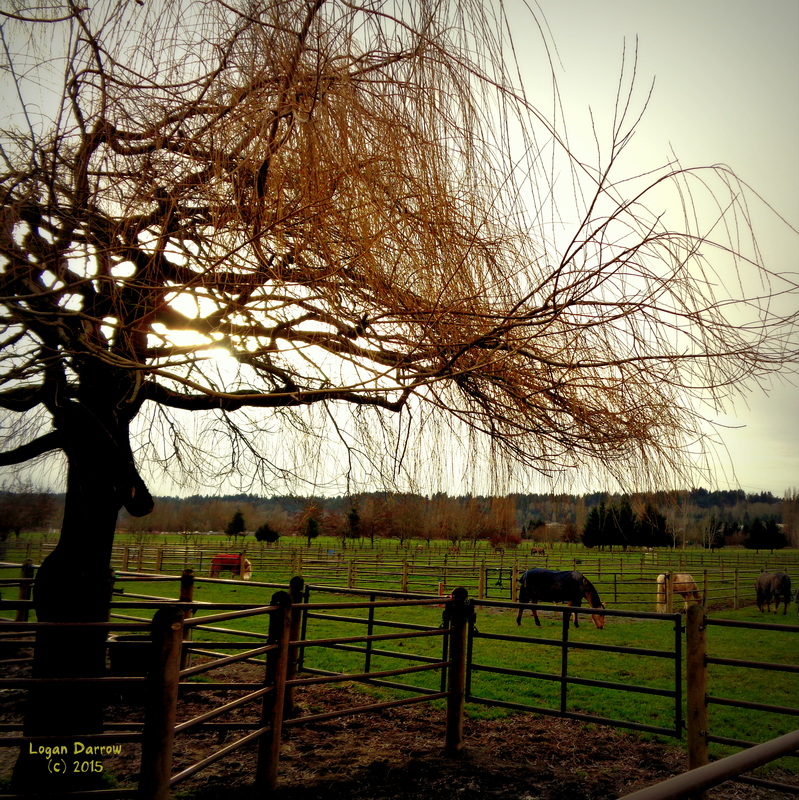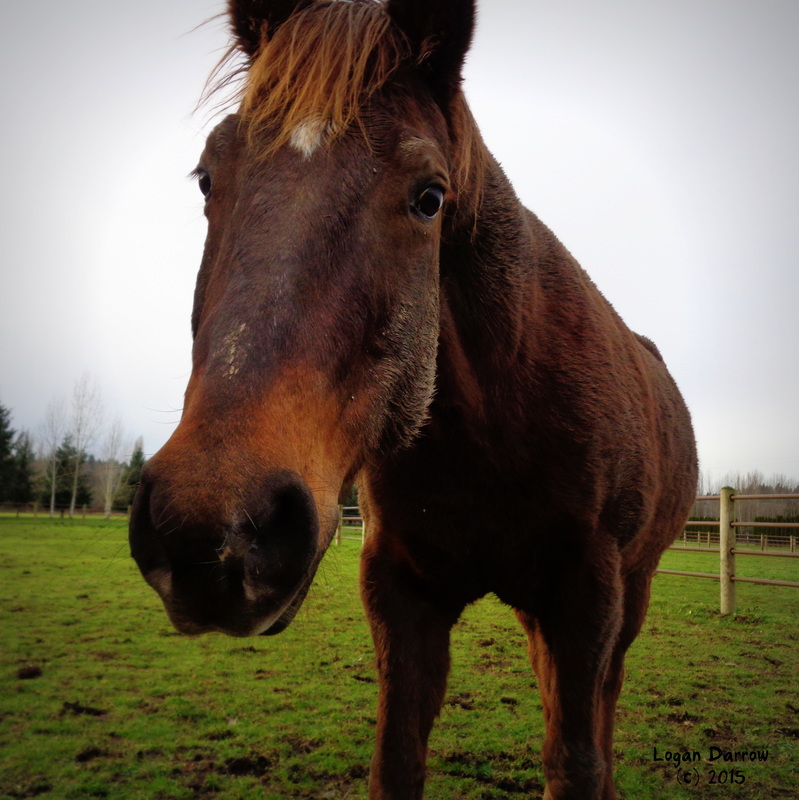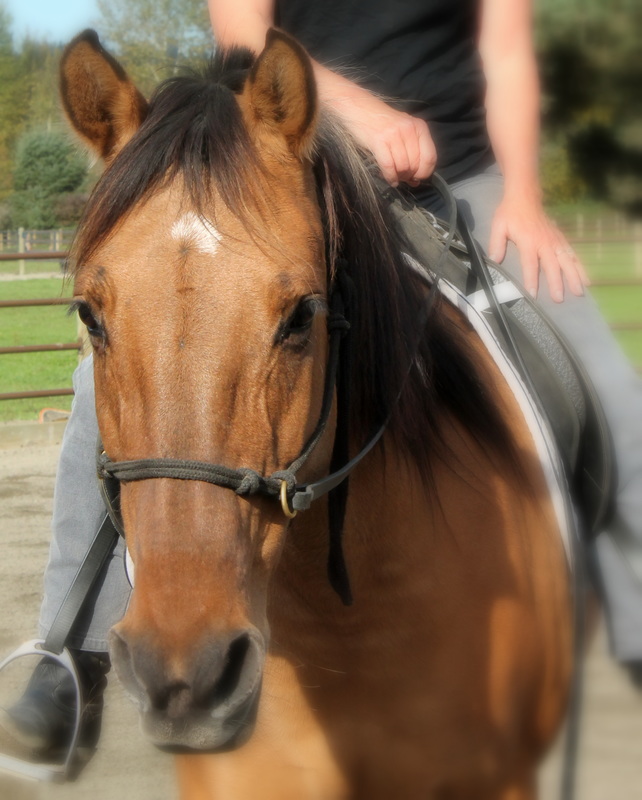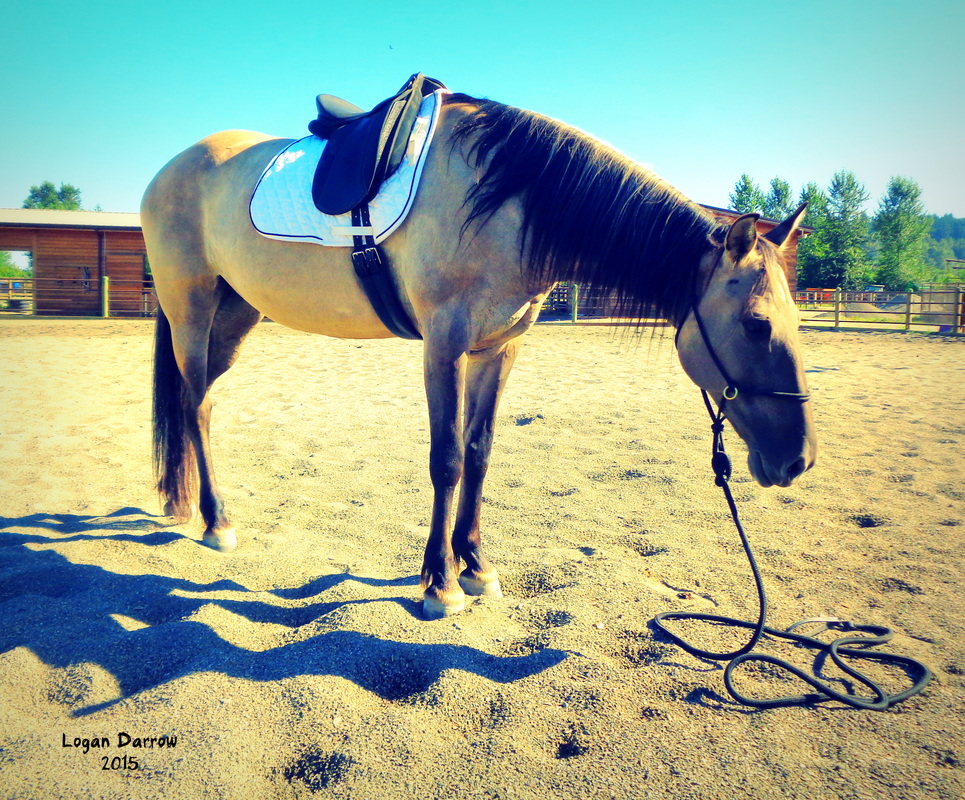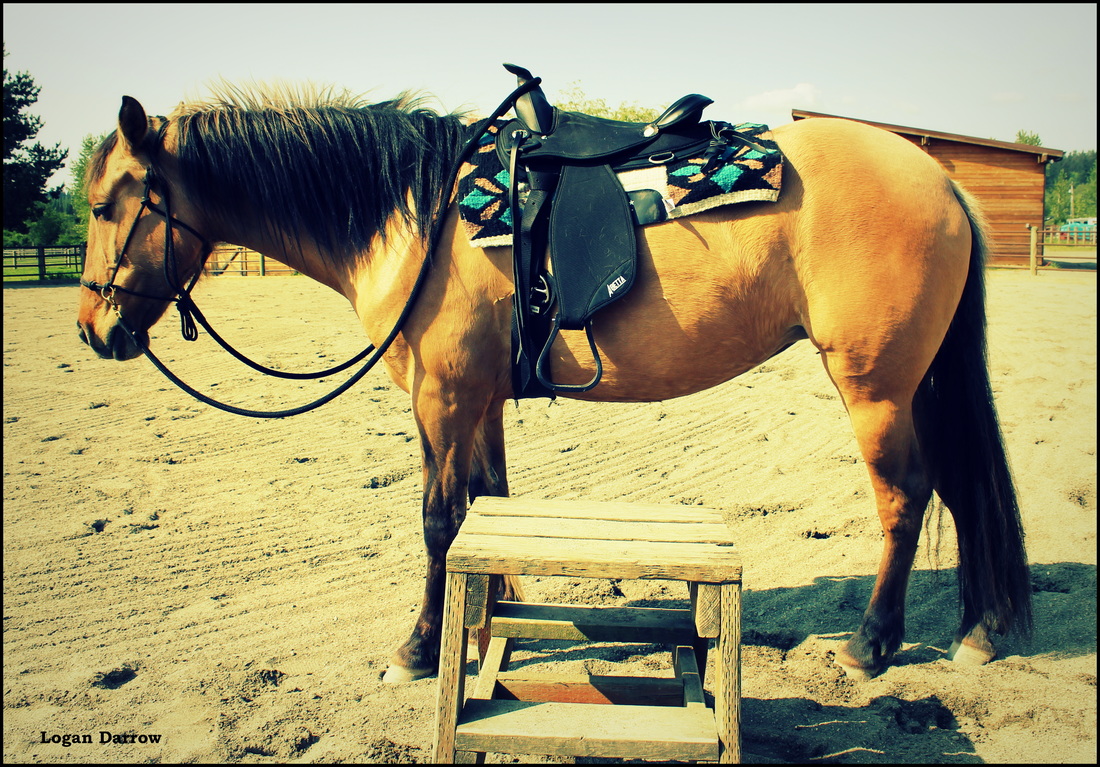What does this have to do with horses? Nothing, really.But it does have something to do with mindfulness. If a piece of Tupperware falls down on my head every time I go into the pantry to get a can of beans, I need to fix that because it’s just plain stupid. And if my husband accuses me of saving more glass jars than Howard Hughes, I might have a problem because . . . ewww. Why WAS I saving glass jars? Adams 100% Natural Peanut Butter jars to be exact, plus a few odd sized pickle jars and such. Some of them I use for storing things like nuts and candy. But if my family goes through one jar of peanut butter per week, in one year I would have about 45 more empty jars than I could ever use or have room for, and anyway if I ever really did need another jar, it’s just a few more slabs of peanut butter toast away.
1 Comment
This guest post will guide you away from misinterpreting your horse's behavior, and help you improve your training methods. By Tony Haines I am blessed to work with horses of all different breeds and disciplines. Either starting their education under saddle, or helping them with various issues, or helping owners get along a little better with their horse. I am also blessed to occasionally be asked to teach clinics. I don't call them horsemanship clinics, because they are equally as applicable to the Natural Horsemanship student, as they are to the aspiring cross country super star (and the term can seem to bias prejudice even though any interaction with a horse is horsemanship). They are not broadly applicable because I am great at any of those disciplines, but because I focus on teaching people to hear their horse's side of the story (and why what they do that works, works; and why what they do that doesn't always work, doesn't always work). A side of the story that is often encouraged to be completely dismissed by less empathetic or less thoughtful trainers, educators and coaches. One of my pet hates in this industry is the "don't let the horse win" mentality. Why shouldn't it win? We love them don't we? Yes of course we do, but there is a little extra difficulty in getting the horse to feel like it is winning when doing what we ask, and it requires that we see things from their point of view, based on how the horse has evolved to think and feel, not how the human wants to do things. Tony Haines
Horses were said to have come into existence about 55 million years ago, as a small animal around the size of a dog, with toed feet. They evolved quite successfully for millions of years, but relatively recently (I'm thinking less than 100,000 years ago, but my memory may be eluding me), their numbers began to drop rapidly. Nearly all species of horse were sent extinct, except for a very few ancestors of the modern horse. So why did the modern horse survive, when others that had been evolving successfully for many millions of years did not? Research of fossil's suggest it is because the modern horse is basically extremely paranoid and extremely agile. Guest blogger Lysette Marie joins forces with trailer loading expert Katie Richards to show us the best way to teach a horse to load into a trailer.A few weeks ago, while on a trip to the UK, I was lucky enough to be able to watch my British friend Katie Richards teach a horse to load onto a trailer. It was a rainy afternoon, and I sat in the front seat of the car snapping photos of Katie working with the horse, while our friend Lysette Marie took detailed notes. There are few things more distressing than several people trying to force a terrified horse onto a trailer using whips and ropes. THERE IS A BETTER WAY! The best part of watching Katie teach a horse to load was her excellent narrative of what was happening literally at every step. Lysette has turned her notes into an excellent and informative description of Katie's kind, thoughtful and EFFECTIVE methods, and has kindly allowed me to publish them here on my blog. "My Horse Won't Load" by Lysette Marie photos by Logan Darrow No matter what discipline you ride, which breed of horse you deal with, chances are that you probably know of a horse that won’t load. Whatever the reasons behind this behavior, most horse owners will agree that this is a frustrating and somewhat enigmatic issue that has disrupted and sometimes even cancelled their plans. Note that I say ‘most’ horse owners; because believe it or not, there are some people out there who actively embrace this issue and glean a sense of enjoyment from solving it! Katie Richards of Cornwall Performance Horsemanship is based in Penzance, Cornwall. She is a freelance horse trainer who has hosted her own horsemanship clinics and clinics for other trainers with a similar philosophy, such as Warwick Schiller.Katie says “The techniques I use help the horse to reach a point where he feels safe to think, not react.”. Being that trailer loading is her specialty, it was Katie I went to when I wanted to learn how to fix loading problems- this article is a depiction of what I learned from her one rainy afternoon. Katie Richards Katie’s subject was Rocco, a very nicely put together 2yo Belgian WB X, who was due to be moved to a different stable that afternoon. After a brief groundwork session, it became clear that he was a well minded individual with whom his owner Fay Panter had done an excellent job, aside from a few small but significant issues, and it was those significant issues that were exacerbating his trailer loading problem. Katie spent the first 20 minutes establishing the basics such as personal space and yielding to pressure ; this got Rocco’s brain engaged and taught him that whatever Katie was asking of him, he could find a ‘sweet spot’. This is because the ultimate aim was for him to view the trailer as the sweet spot, however this wouldn’t happen if Rocco didn’t realise he could search for a sweet spot in the first place. Once this was established, we brought the trailer into the equation… As you can see, Rocco was initially suspicious yet curious. Though not convinced he could put his front feet on the ramp, his head was frequently lowered towards the ramp and he gave it a sniff. Katie stood still, allowing him to weigh everything up. When Katie adjusted her posture slightly, Rocco spooked at the noise her feet made on the ramp- her solution to this was to stamp and jump on the ramp until he became comfortable with it and realised it wasn’t going to kill him. This also meant that when he decided he was comfortable enough to place his own foot on the ramp, he wouldn’t be spooked by the noise and so he would be adequately prepared to take that next step.
|
Your email address will be kept private.
Email me directly at
[email protected] 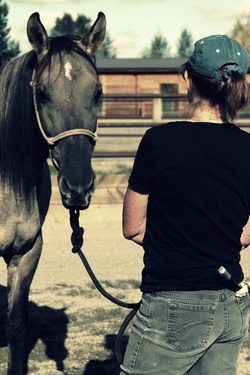
Archives
September 2018
Categories
All
|
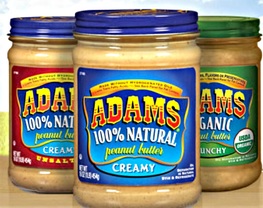
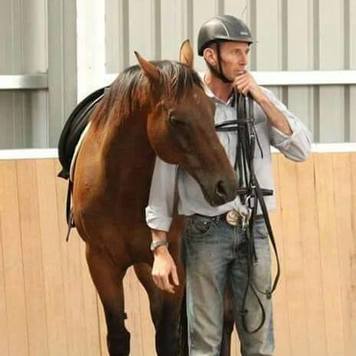
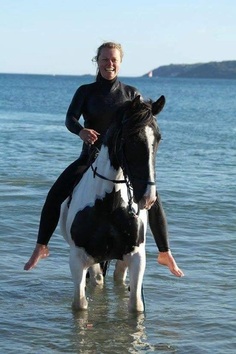
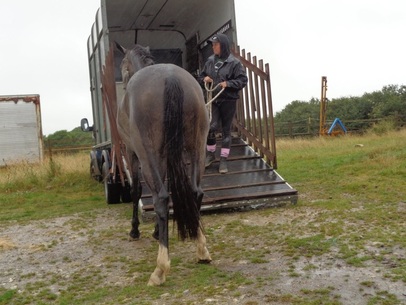
 RSS Feed
RSS Feed
